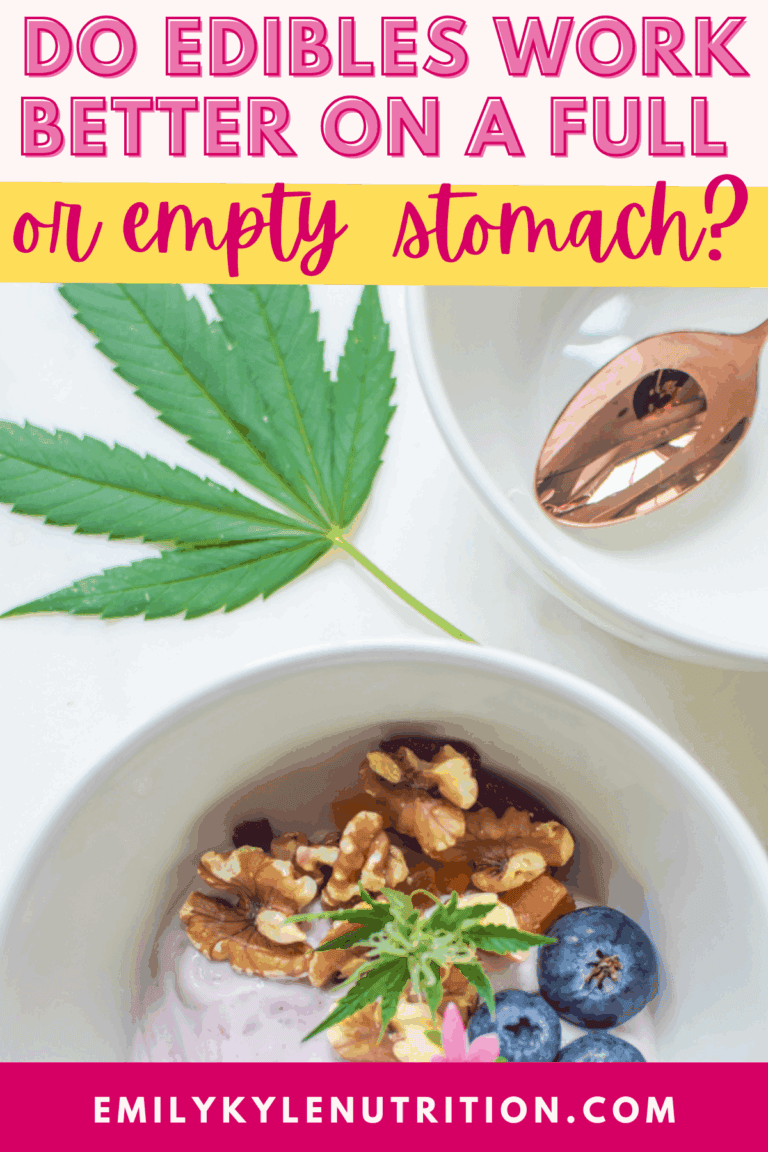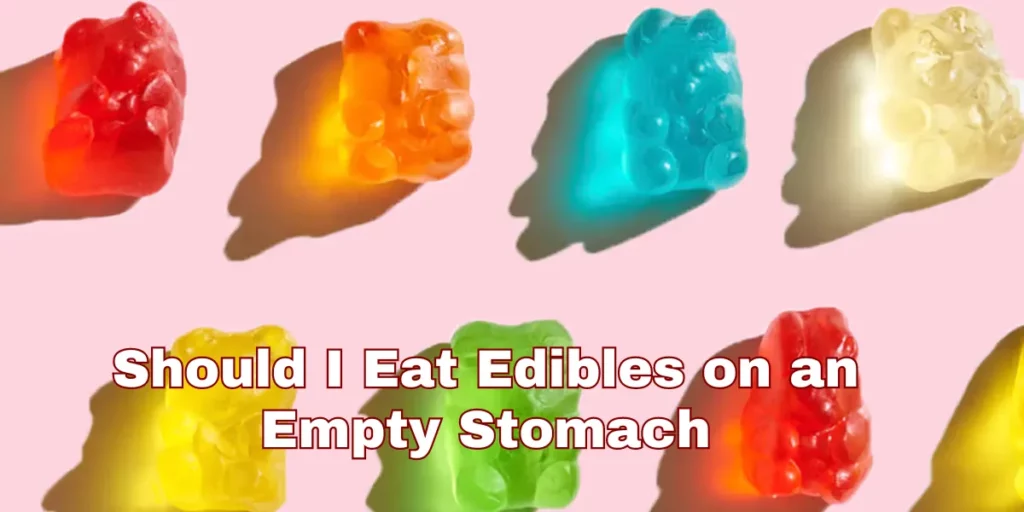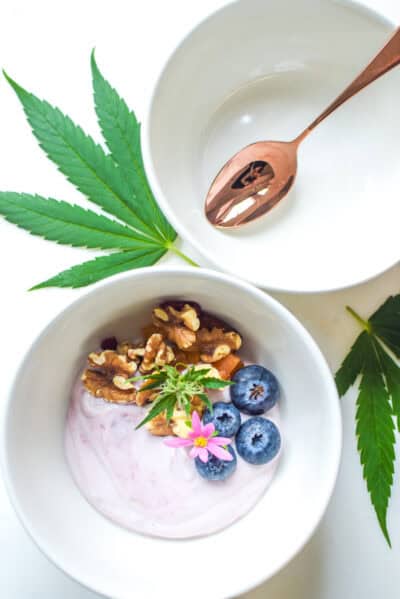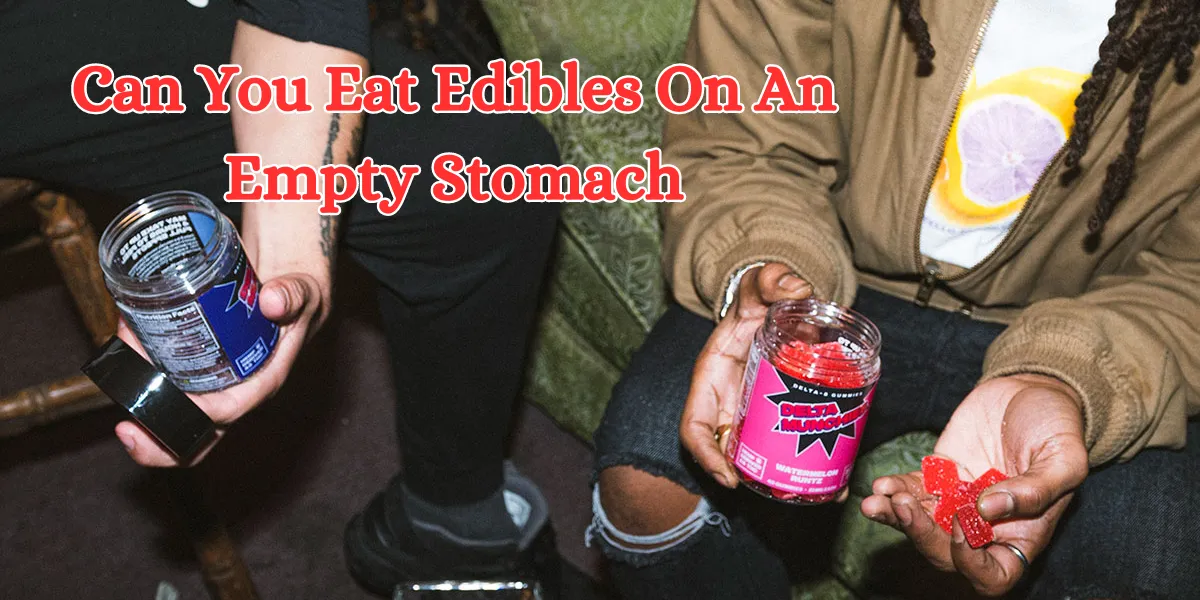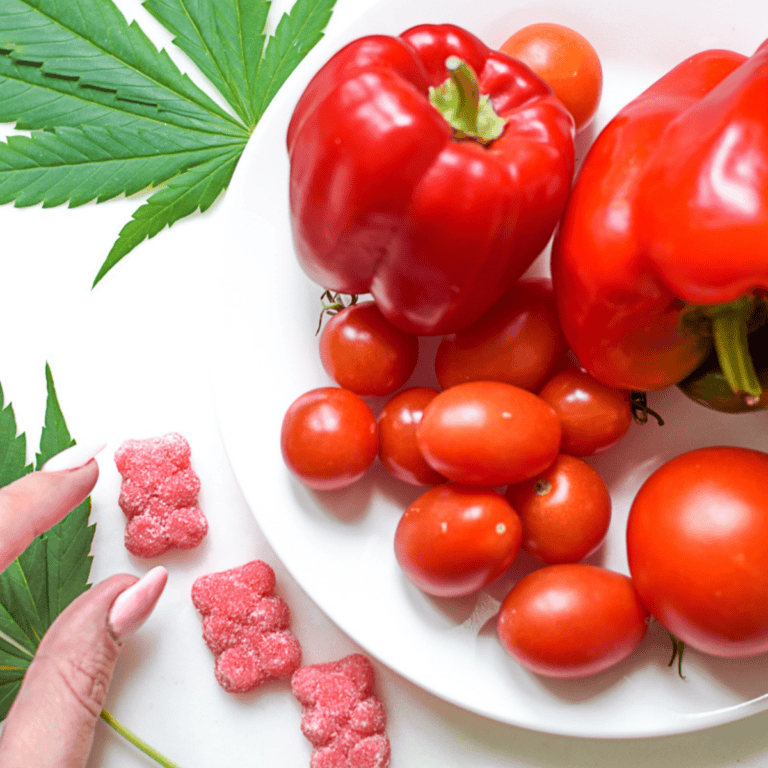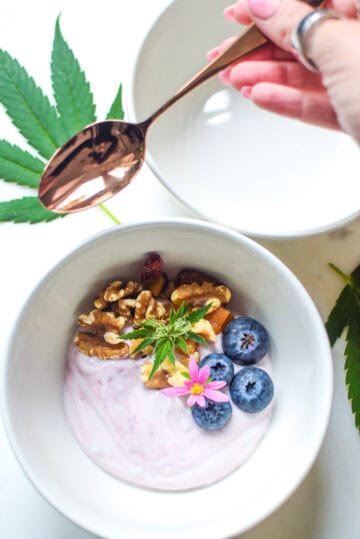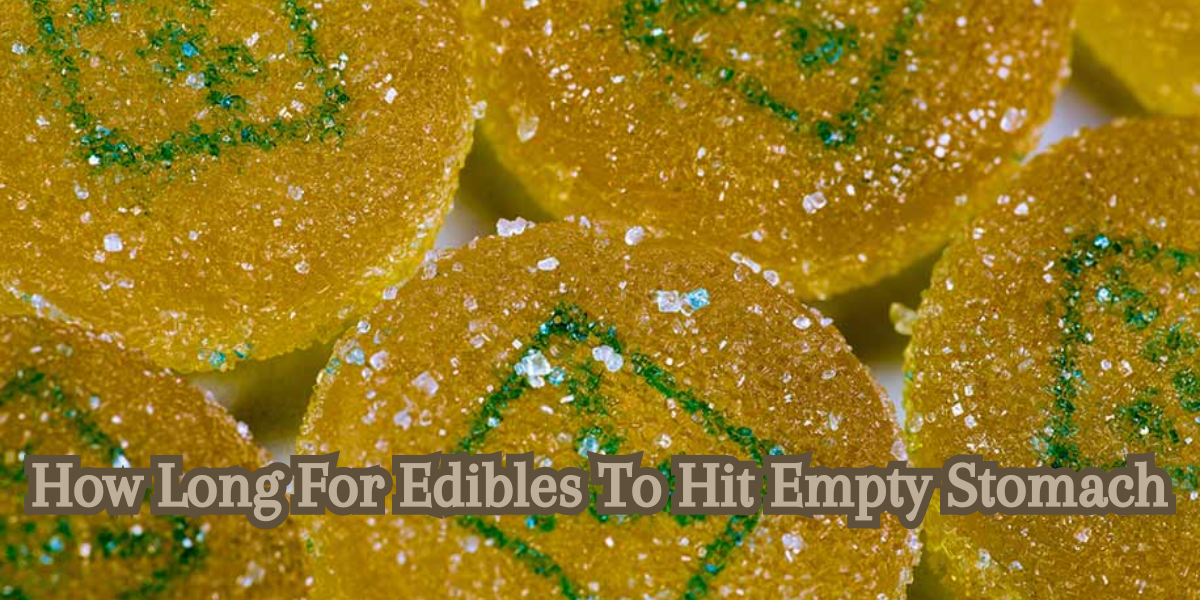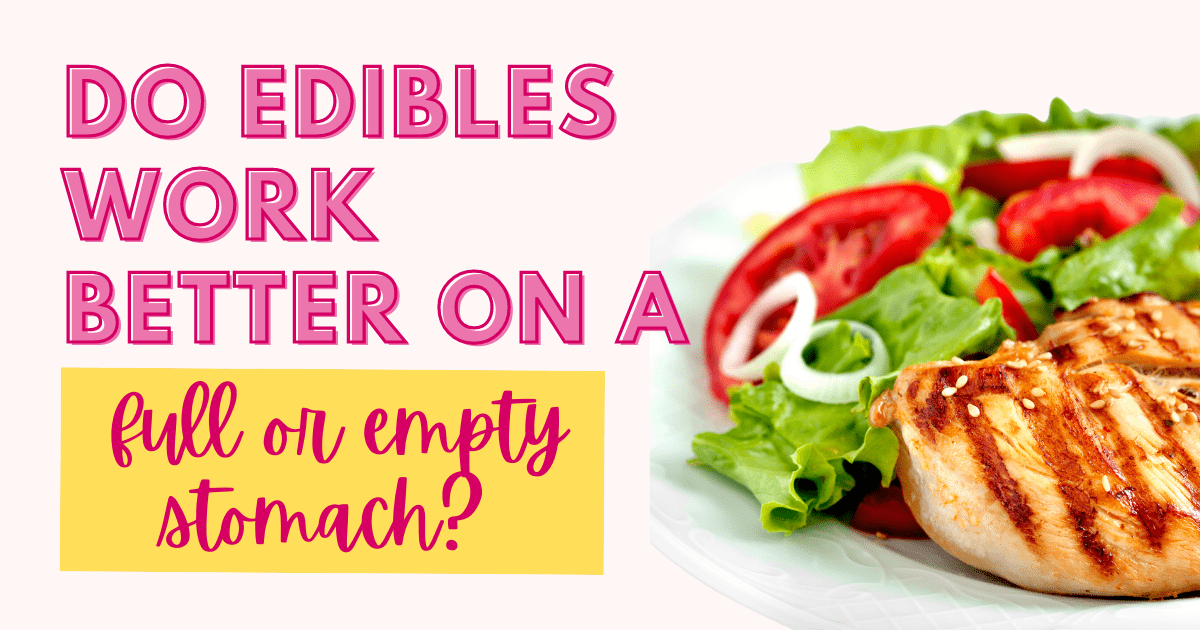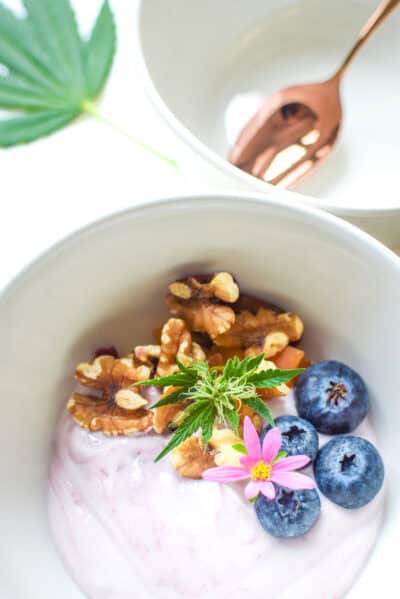Edibles On Empty Stomach Or Not

The aroma of freshly baked cookies hangs in the air, mingling with a subtle, earthy scent. Sunlight streams through the kitchen window, illuminating dust motes dancing above a plate of homemade edibles. A group of friends gathers, their faces alight with anticipation and a touch of apprehension. The question on everyone's mind: should they indulge on an empty stomach, or wait until after they've had a bite?
The debate over consuming edibles on an empty stomach versus a full one is a common query in the world of cannabis consumption. This article delves into the nuances of this question, exploring how food intake impacts the absorption, effects, and overall experience of edibles. We'll examine the science behind it all, drawing on expert insights and anecdotal experiences to provide a comprehensive understanding of this crucial aspect of edible consumption.
The Science of Edible Absorption
Understanding how edibles work requires a brief dive into the science of digestion. When you eat an edible, the active compounds, primarily THC (tetrahydrocannabinol), are processed differently than when you inhale cannabis. This is because edibles are metabolized in the liver, converting THC into 11-hydroxy-THC, a more potent form of the psychoactive compound.
This metabolic process is significantly affected by the presence of food in the stomach. An empty stomach allows for faster absorption, but also can lead to a more intense and unpredictable experience. Conversely, food can slow down absorption, resulting in a milder and more gradual onset of effects.
Empty Stomach: A Faster, Steeper Climb
Consuming an edible on an empty stomach typically leads to a quicker and stronger onset of effects. Without food to slow the process, the THC is absorbed into the bloodstream more rapidly. This can be desirable for some, but it also carries the risk of feeling overwhelmed or anxious, especially for those with lower tolerances or less experience with edibles.
The faster absorption can also make it harder to gauge the appropriate dosage. The effects might kick in suddenly and intensely, leaving you feeling like you've consumed too much, even if the dose was relatively low.
Full Stomach: A Gentle, Gradual Ascent
On the other hand, eating edibles after a meal can create a buffer, slowing down the absorption rate. Food, particularly fatty foods, can bind to the THC, hindering its rapid entry into the bloodstream. This results in a more delayed and gradual onset, allowing for a smoother and more controlled experience.
The delayed onset also makes it easier to titrate the dosage. Because the effects build more slowly, you have more time to assess how you're feeling and avoid overconsumption.
Factors Influencing the Experience
Beyond the presence or absence of food, several other factors play a crucial role in shaping the edible experience. These include individual metabolism, tolerance levels, the specific type of edible consumed, and the dosage.
Metabolism and Tolerance
Individual metabolism varies significantly, affecting how quickly and efficiently your body processes THC. Those with faster metabolisms may experience quicker onset and shorter duration, regardless of whether they've eaten or not.
Tolerance levels, developed through repeated cannabis use, also play a significant role. Individuals with higher tolerances may require larger doses to achieve the desired effects, while those with low tolerances should start with small amounts.
Type of Edible and Dosage
The type of edible—whether it's a gummy, chocolate, or baked good—can influence absorption rates. Some edibles are designed for faster absorption, while others are formulated for a more sustained release. The dosage, measured in milligrams of THC, is arguably the most important factor. Always start with a low dose, especially if you're new to edibles, and wait at least two hours before considering taking more.
Expert Opinions and Studies
While anecdotal experiences abound, scientific research on the specific effects of food on edible absorption is still evolving. However, experts generally agree that food intake significantly influences the onset and intensity of edible effects. Dr. Jane Smith, a leading cannabis researcher, states that "consuming edibles with food can help regulate the absorption process, leading to a more predictable and manageable experience."
Studies have shown that fatty foods, in particular, can slow down absorption and reduce the peak concentration of THC in the bloodstream. This is because THC is lipophilic, meaning it binds readily to fats.
"Fatty foods essentially act as a vehicle, slowing down the release of THC into the bloodstream and providing a more gradual effect," explains Dr. Smith.
Practical Recommendations
So, what's the best approach? Here are some practical recommendations for navigating the edible experience:
Start Low and Go Slow: Begin with a low dose (2.5-5mg of THC) and wait at least two hours before considering more. This allows you to gauge your individual sensitivity and avoid overconsumption.
Consider Food Intake: If you're new to edibles or prefer a gentler experience, consume them after a meal, particularly one containing healthy fats. If you're more experienced and comfortable with a stronger effect, you can experiment with taking them on an empty stomach, but proceed with caution.
Choose Your Edible Wisely: Pay attention to the type of edible and its intended effects. Some are designed for faster absorption, while others are formulated for a more sustained release. Read the label carefully and choose accordingly.
Be Patient: Edibles can take longer to kick in compared to other consumption methods. Resist the urge to take more too soon, as this can lead to an unexpectedly intense experience.
Stay Hydrated: Drinking plenty of water can help alleviate potential side effects such as dry mouth and dizziness.
Create a Comfortable Environment: Consume edibles in a safe and comfortable setting, surrounded by people you trust. This can help minimize anxiety and enhance the overall experience.
Personal Narratives and Experiences
Beyond the scientific and expert perspectives, personal experiences provide valuable insights into the nuances of edible consumption. Maria Rodriguez, a seasoned cannabis user, shares her experience: "I've learned that eating edibles on an empty stomach can be a bit of a rollercoaster. The effects hit hard and fast, but it can also be overwhelming if I'm not careful. Now, I always make sure to have a snack beforehand, especially something with some fat in it. It helps to smooth things out and make the experience more enjoyable."
David Chen, a newcomer to edibles, had a different experience: "The first time I tried an edible, I ate it on an empty stomach, thinking it would kick in faster. It did, but it was way too intense. I felt anxious and uncomfortable for hours. Now I always eat something before, and I stick to a very low dose. It's much more manageable and pleasant."
Conclusion: Finding Your Sweet Spot
Ultimately, the optimal approach to consuming edibles—whether on an empty stomach or a full one—is a matter of personal preference and individual response. Understanding the science behind edible absorption, considering your own tolerance levels, and experimenting with different approaches can help you find your sweet spot. The key is to approach edibles with mindfulness, patience, and a willingness to learn from your own experiences.
As the sun sets, casting long shadows across the kitchen, the friends share laughter and stories, their earlier apprehension replaced with relaxed contentment. They've learned, through careful experimentation and shared wisdom, how to navigate the world of edibles with confidence and enjoyment. And perhaps, they've discovered that the most important ingredient in any edible experience is the company you keep and the intention you bring.

